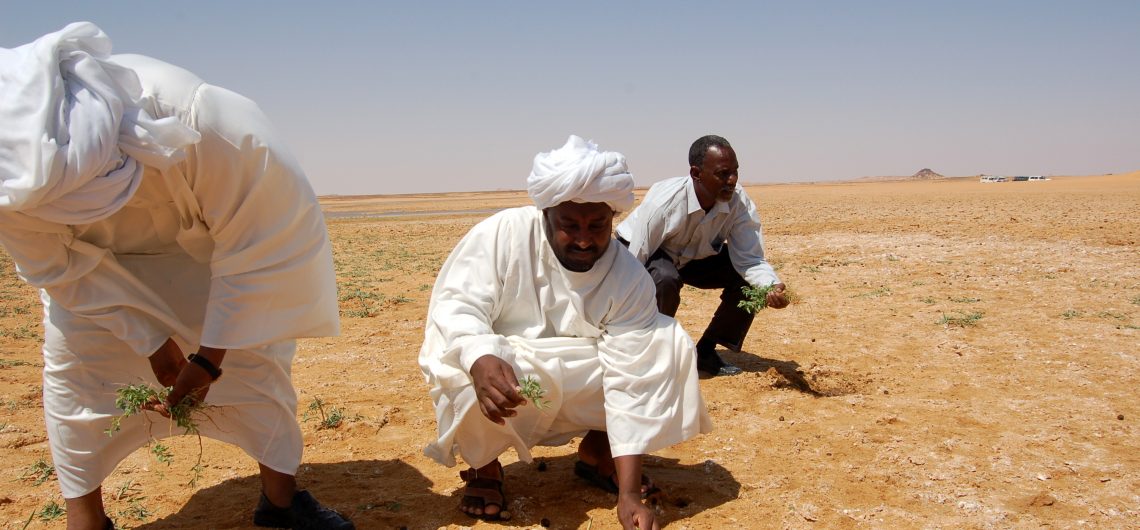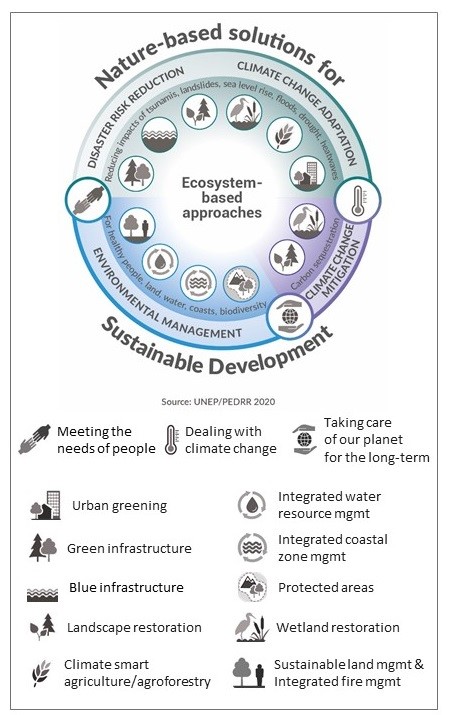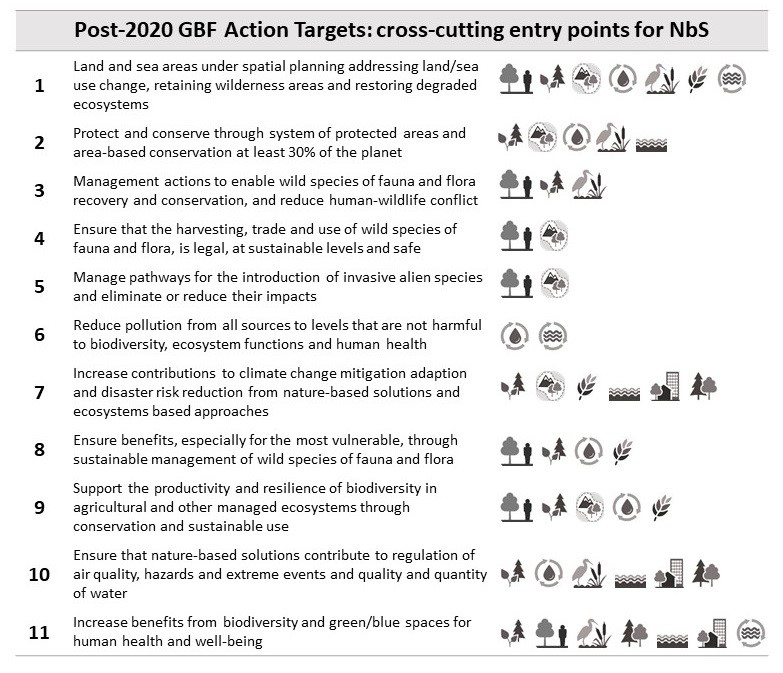Story of the Month – Biodiversity for resilience – how Nature-based Solutions can help

The Convention on Biological Diversity (CBD) is negotiating a new global biodiversity framework which will be decided at COP 15 in Kunming, China. The framework aims to set ambitious targets to conserve biodiversity and ensure that nature benefits people.
The Partnership for Environment and Disaster Risk Reduction (PEDRR) and the Friends of EbA (FEBA) network have published a joint paper to promote Nature-based Solutions in the post-2020 Global Biodiversity Framework. This paper was developed as input to the evolving deliberations on the post-2020 GBF under the Convention on Biological Diversity.
It sets out general principles by which Nature-based Solutions can contribute to addressing biodiversity loss and ensuring people benefit from nature.
The paper first clarifies the use of terminology, especially Nature-based Solutions in relation to ecosystem-based adaptation and ecosystem-based disaster risk reduction. A necessity for negotiators.

PEDRR and FEBA argue that strengthening the emphasis on NbS in the GBF has the potential to bring about transformational change in society’s relationship with nature, to accelerate progress towards the Sustainable Development Goals and ensure that, by 2050, the shared vision of living in harmony with nature is fulfilled.
NbS can contribute to all the current action targets in the GBF and thus should be referenced specifically as a means to achieve multiple benefits.

The paper proposes specific alterations in terms of the text of the proposed action targets and indicators.
Read the paper here
And see FEBA’s story here
Furthermore, this year countries aim to finalise their Disaster Risk Reduction Strategies following Target E of the Sendai Framework. PEDRR and the United Nations Office for Disaster Risk Reduction have released a Words into Action Guidelines on Nature-based Solutions for Disaster Risk Reduction to help countries incorporate NbS in their strategies. This document is open for public review until the 12th of January 2021.
Read the paper here